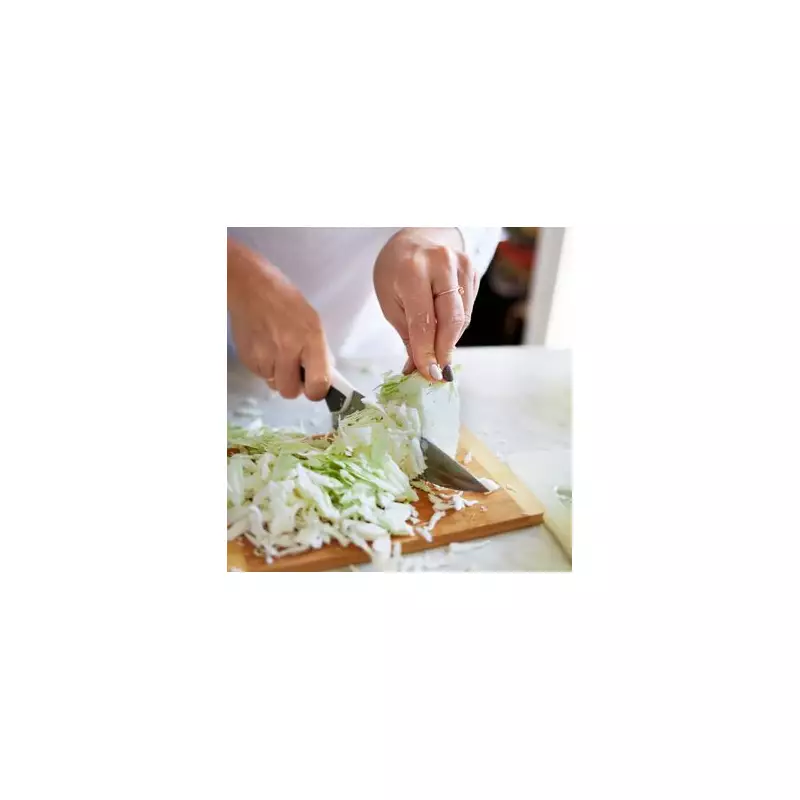
For generations, British households have faithfully boiled their cabbage, following culinary traditions passed down through families. But according to food scientists and top chefs, we've been making a crucial mistake that's draining both flavour and nutritional value from this humble vegetable.
The Problem With Boiling
When you submerge cabbage in boiling water, you're essentially washing away its most valuable components. Water-soluble vitamins like vitamin C and B vitamins escape into the cooking water, leaving you with a less nutritious final product. The result? Often a soggy, flavourless vegetable that many people reluctantly eat rather than genuinely enjoy.
The Revolutionary Alternative: Steaming
The game-changing method that's transforming cabbage preparation is surprisingly simple: steaming. By cooking cabbage above rather than in water, you retain up to 50% more nutrients while preserving its natural crispness and sweet flavour.
Here's why steaming triumphs over boiling:
- Preserves water-soluble vitamins that would otherwise be lost
- Maintains the vegetable's natural texture and crunch
- Enhances the cabbage's inherent sweetness
- Reduces cooking time significantly
- Minimises the distinctive cabbage odour that fills your kitchen
How to Perfectly Steam Cabbage
- Slice your cabbage into evenly sized pieces for consistent cooking
- Bring about an inch of water to boil in a pan with a tight-fitting steamer basket
- Place cabbage in the basket, cover, and steam for 5-7 minutes until tender but still vibrant
- Season with salt, pepper, and a knob of butter or drizzle of olive oil
The Nutritional Payoff
Cabbage is a nutritional powerhouse packed with vitamin K, vitamin C, fibre, and antioxidants. By switching to steaming, you ensure these health benefits actually make it to your plate rather than disappearing down the drain.
This simple adjustment could revolutionise how your family views this budget-friendly vegetable, transforming it from a boring side dish to a star component of your meals.





